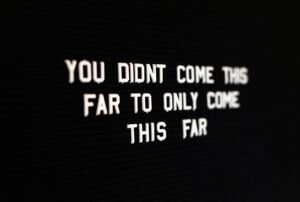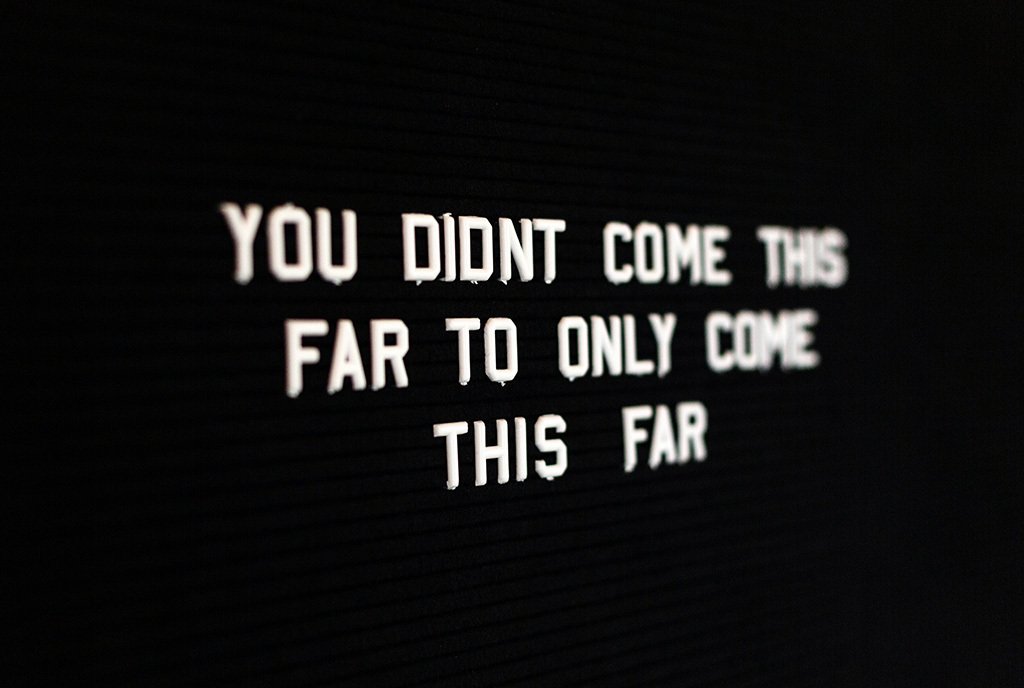
Editor’s Note, March 2021: To mark the first edition of NPQ’s Economic Democracy Weekly, I thought it would be appropriate to revise and abridge an early article from July 6, 2018, when NPQ’s economic justice initiative had just formally begun. A lot has changed since then, and yet the issues that motivate NPQ’s economic justice program have only worsened—especially growing income and wealth inequality. At the same time, democratic alternatives have grown in strength.
Through it all, we have tracked these developments—and with the new newsletter, we look forward to continuing our work in these areas in even greater breadth and depth.—SD
“We are suffering not from the rheumatics of old age, but…from the painfulness of readjustment between one economic period and another.”
—John Maynard Keynes, Economic Possibilities for Our Grandchildren, 1930
As the quote above from John Maynard Keynes reminds us, this is not the first time the economy has faced upheaval. Keynes wrote at the beginning of the Great Depression, following the rise of record-setting economic inequality—records that in the US would hold for more than 80 years, until our time.
Today, we face a unique moment in our nation’s history. The US is rife with contradictions. It is home both to an emerging, multi-ethnic, multicultural nation—and to those who ardently defend white supremacy, patriarchy, and other forms of domination. We are conservative and liberal, progressive and reactionary, religious and secular. Not only can it be confusing to be a nonprofit in such times, it actually is utterly bewildering.
A couple of quick observations:
- We know we are in a time of flux and that old systems and assumptions are unlikely to hold.
- In terms of the economy, this means we need to take emergent democratic forms of business ownership—such as employee ownership, land trusts, and community finance—seriously.
Oddly enough, a useful reminder comes from Herbert Stein, head of the White House Council of Economic Advisors under Richard Nixon and Gerald Ford, who quipped, “things that can’t go on forever, don’t.” Stein’s observation frequently goes under the moniker of “Stein’s Law.”
In 1930, when Keynes published the book quoted above, the world was in the midst of what would become known as the Great Depression. Increasingly, it became obvious that what could not go on forever, would not. Karl Polanyi, an Austrian economist, wrote about what he called the “double movement.” The idea is that social problems often generate the seeds of their own solutions. For example, out of the travails of the Great Depression emerged a principle “of social protection aiming at the conservation of [humanity] and nature as well as productive organization, relying on the varying support of those most immediately affected by the deleterious action of the market.”
A key agent that came to enforce this social protection was the labor union. US union membership was less than three million in 1933; by 1945, it had climbed to nearly 14.8 million, more than a third of all private-sector workers. One marker of labor’s rise in the US came in 1936-1937, when tool-and-die workers staged a sit-down strike at a General Motors factory in Flint, Michigan. These tactics were emulated by others, including civil rights organizers staging sit-ins at Woolworth’s lunch counters across the country, beginning in Greensboro, North Carolina.
Times have changed. Today, only 6.5 percent of private sector workers are in unions, and 10.7 percent of workers overall. The June 2018 Supreme Court Janus decision, which bans mandatory union fees in the public sector, could drive membership even lower.
The decline of labor impacts politics—and, because government provides nearly a third of nonprofit funding, this affects nonprofits directly. Labor unions provided the political support necessary to pass social protections such as Social Security, Medicare, and Medicaid. Labor also lent support to the high marginal tax rates that financed these programs. Under Eisenhower, the top income tax rate was 91 percent. These measures helped dramatically reduce economic inequality.
Sign up for our free newsletters
Subscribe to NPQ's newsletters to have our top stories delivered directly to your inbox.
By signing up, you agree to our privacy policy and terms of use, and to receive messages from NPQ and our partners.
But as labor union strength fell, this process operated in reverse: tax rates on higher earners fell and social program coverage frayed. Inequality returned to levels not seen in the US since the Great Depression. In 2016, economists Emmanuel Saez and Gabriel Zucman found, “The top 0.1 percent wealth share has risen from seven percent in 1978 to 22 percent in 2012, a level almost as high as in 1929.”
The wealth accumulation at the top is astonishing, but it is not just about the elite living large. For most Americans, wages, adjusted for inflation, have been largely stagnant for over 40 years, notes a recent Harvard Business Review article. Worse still, the Federal Bureau of Labor Statistics reports that labor’s income share has fallen by six percentage points in the last decade alone—that’s about four percentage points of gross domestic product.
In other words, worker income is more than $700 billion less—i.e., more than $5,000 per worker—than it would be had labor’s share stayed the same as it was a decade ago. We’re talking about real money here. Most of the last decade, of course, took place during the administration of Barack Obama. Understanding the failure of conventional politics to make a meaningful difference at the pocketbook level helps explain key aspects of our nation’s current status, including the rise of the white nationalist right as well as increasing disaffection within the Democratic Party on the left—illustrated just last month by the primary victory of avowedly socialist candidate Alexandria Ocasio-Cortez in a New York City district for Congress.
How can nonprofits respond? There are surely many paths, but some basic principles are easy to understand. One key principle is that for labor’s share of income to increase, either labor’s power at the workplace must increase—unions, of course, are a traditional way of doing this—or ownership of capital must be more widely distributed. Or perhaps a combination of both.
Unions may yet revive, but at the moment, despite some victories, most unions are getting smaller, not larger. By contrast, strategies that look to make workers and community groups the owners and stewards of capital are growing. At NPQ, we think it is important for our sector to understand both the limits and opportunities of these strategies.
There is no need to exaggerate. Community ownership is hardly the dominant feature of our economy. After all, if it were, we’d be living in very different world. But community ownership is a far greater part of our economy than is generally understood. These entities provide, if organized, a base from which to build a more democratic economy and polity.
For example, as of 2015, there were 6,669 employee owned companies with employee stock ownership plans (ESOPs). These companies have 10.8 million current employee-owners, 3.6 million former employee-owners, and assets of $1.3 trillion. [As of 2020, those assets reached $1.456 trillion.—SD] The number of ESOP “plan participants” totals 14.4 million people. That is almost as many people as those who are union members in the US public and private sectors combined (14.8 million). In the private sector, the 10.8 million people who work in ESOP companies is far greater than the 7.6 million who are in unions.
Credit unions, which are cooperatively owned banks, also enjoy significant scale, with membership growing from 95 million to 114 million in six years. Total assets are now $1.433 trillion, a $408 billion increase over six years. [As of September 30, 2020, those numbers hit 123.7 million members and $1.79 trillion in assets.—SD] Relatedly, community development financial institutions (CDFIs), while smaller than credit unions, have also expanded, from less than $2 billion in assets at the time economist Hyman Minksy and his colleagues advocated federal support in the early 1990s, to over 1,000 federally certified CDFIs as of 2015, with an estimated $121.6 billion in total assets, a 60-fold increase in the space of just over two decades. [As of 2020, that figure is $266 billion.—SD]
I could go on and describe other entities, such as worker cooperatives, community land trusts, and public banks, as well as newer forms of democratic decision-making and resource allocation like participatory budgeting. One exciting development is the emergence of a movement for platform cooperatives—that is, cooperatives where workers own the apps and share the profits. (Think of a worker-owned Uber.) Supporting all of this is an emerging ethos that valorizes local democratic control and distributed ownership. Economist Michael Shuman notes, “Every place I go, I see signs that say ‘buy local,’ ‘eat local,’ ‘bank local.’ I have never seen the sign, ‘We are not local—buy from us.’ To me, that’s a great victory: We have won the war of ideas.”
Behind all of this is a set of emergent social movements that link nonprofits, local business, and communities of color behind a common vision. We see it in Minneapolis and St. Paul, where Hmong residents are organizing a land cooperative and Black residents in North Minneapolis are organizing a community credit union. We see it in Indian Country, where the Lakota, Apache, and others use business as a tool to build resilience and health. We see it in the growth of union co-ops, such as Cooperative Home Care Associates in the Bronx, which employs over 2,000 mostly Black and Latinx women in what is the nation’s largest single worker-owned cooperative—not only providing employment but helping move the industry out of the wage ghetto that so many care workers face. Nationally, People’s Action Institute, a community organizing network operating in 30 states, works to implement a 40-year plan to build an economy based on principles of democratic control of capital, racial justice, reducing corporate power, and renewing democracy and ecological sustainability.
We’re excited to begin this journey! And, as we continue this exploration, we welcome not just your participation, but your thoughts, suggestions, and contributions.













